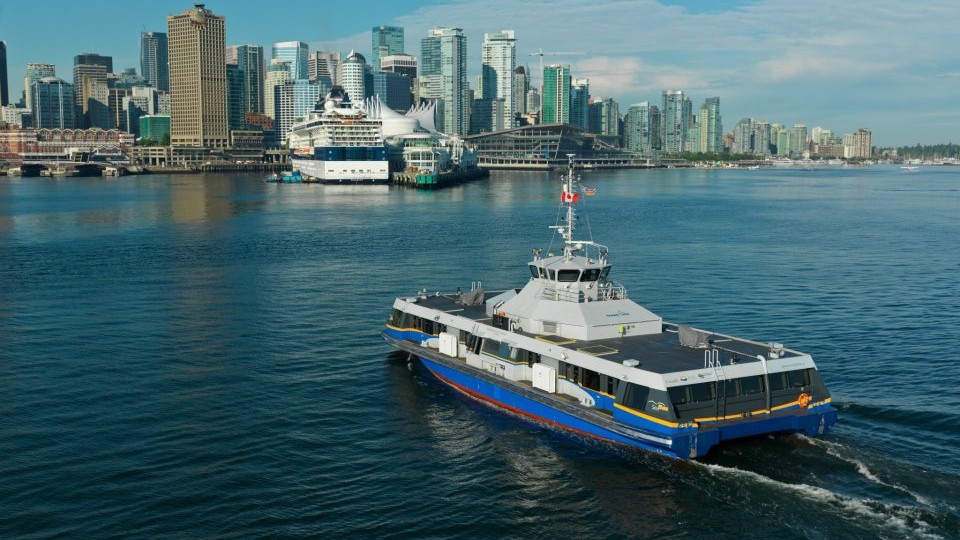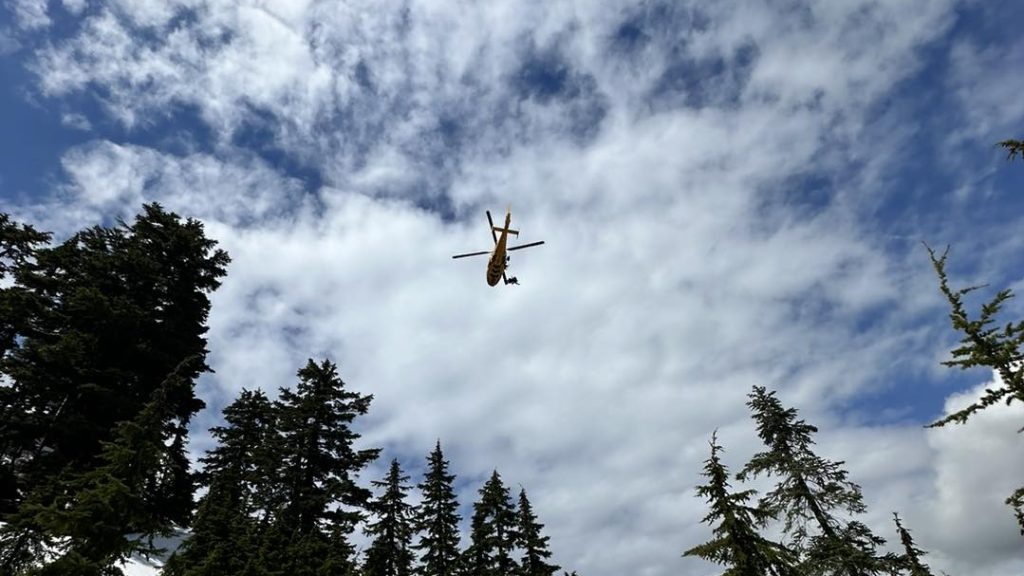Salmon tracking finds ‘mortality hot-spot’ for juvenile salmon in B.C. fjord

Posted April 25, 2024 6:28 pm.
Last Updated April 26, 2024 10:35 am.
B.C. researchers say they have found a ‘mortality hot-spot’ for juvenile salmon in a section of the Burrard Inlet.
University of British Columbia (UBC) scientists say releasing juvenile salmon into an area of the inlet increases the chances of predator exposure.
Dr. Scott Hinch, a professor heading the Pacific Salmon Ecology and Conservation Lab at UBC says, to increase the fish’s chances of survival, changing the location where it’s being released is a good strategy.
“While low survival is not surprising during this life stage, we discovered that most mortality occurred close to the release location, likely due to predators,” he said.
A study at Mossom Creek Hatchery revealed less than half of their coho smolts, a type of salmon, remained alive within three kilometres of the hatchery and less than a quarter made it the Lions Gate Bridge, 20 kilometres away.
Hinch’s lab used acoustic telemetry to tag and track coho on their journey.
The hatchery releases thousands of coho into the inlet each year, though it was never certain how many survived the direct ocean release.
Kevin Ryan, the hatchery’s president, says it plans to seek out different release spots as salmon populations in B.C. struggle to survive.
“With the guidance of Dr. Hinch’s team, we’ll tag and monitor these fish from their release as smolts through to their return as adults to determine which approaches work best,” he said.
The objective of the project is to identify migration routes, estimate smolt survival, and assess travel rates and behaviours.
Moving forward, the hatchery plans to focus on educating the public about natural resources and acting as “stewards of local salmon creeks.”
Hinch says it’s more important than ever to support community volunteer-led hatcheries to improve ways to help these fish survive.










